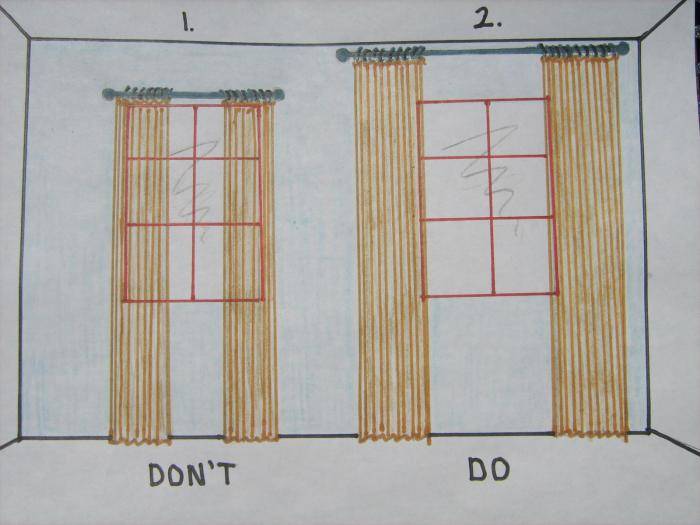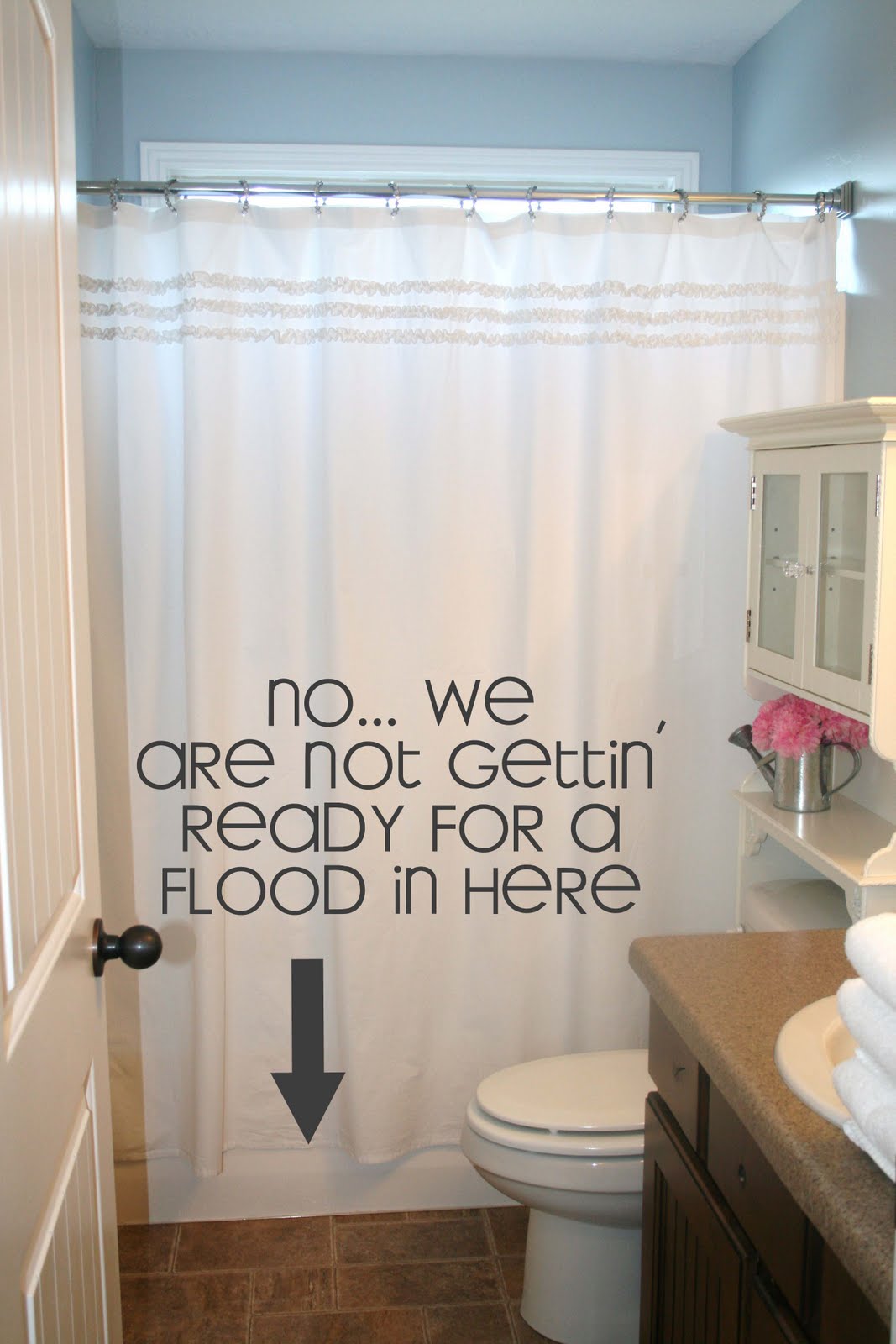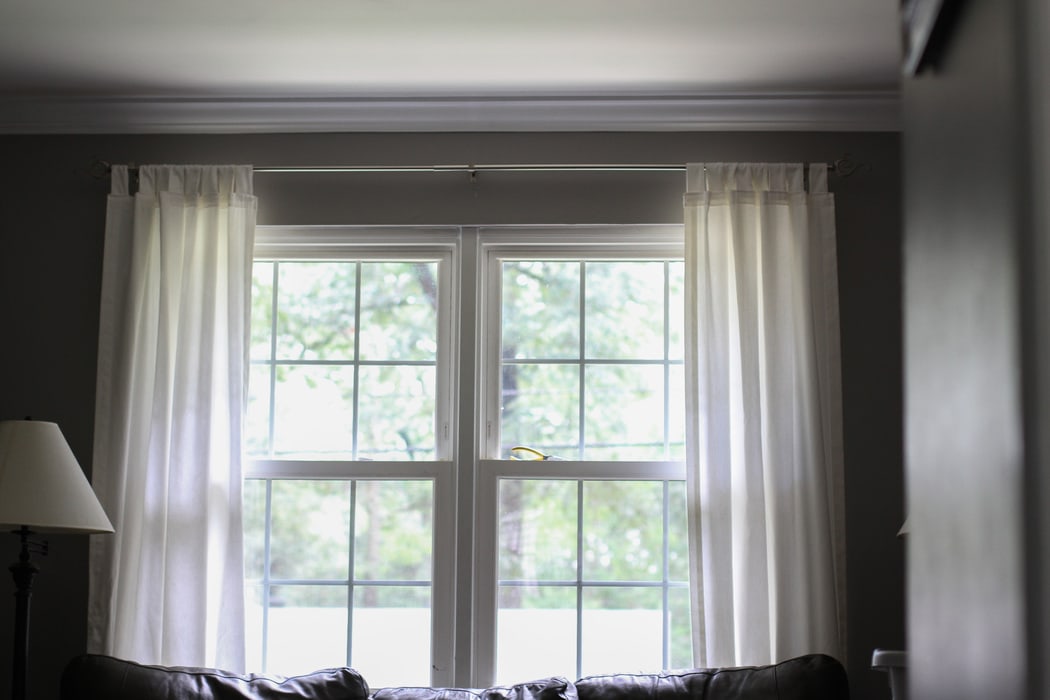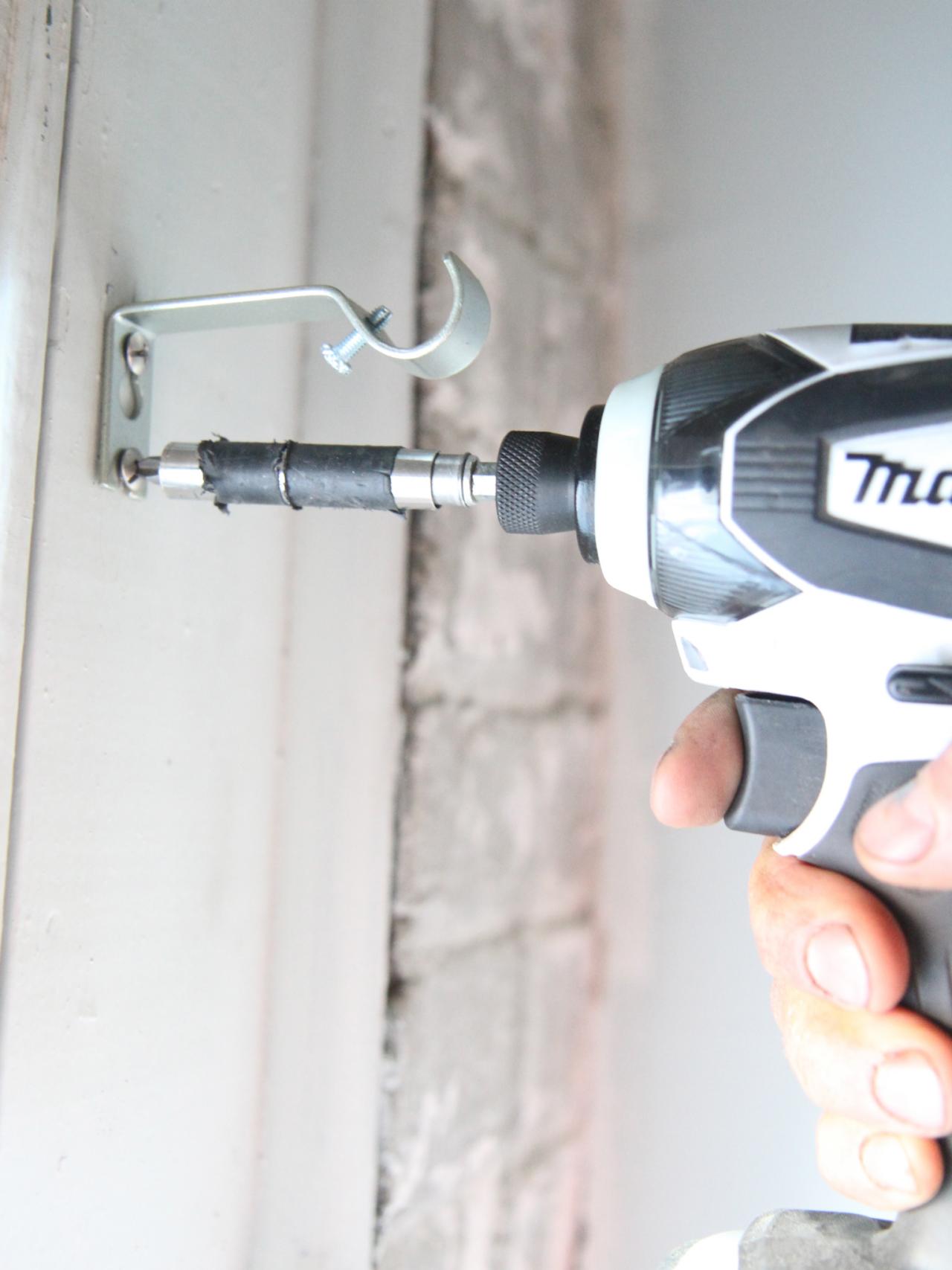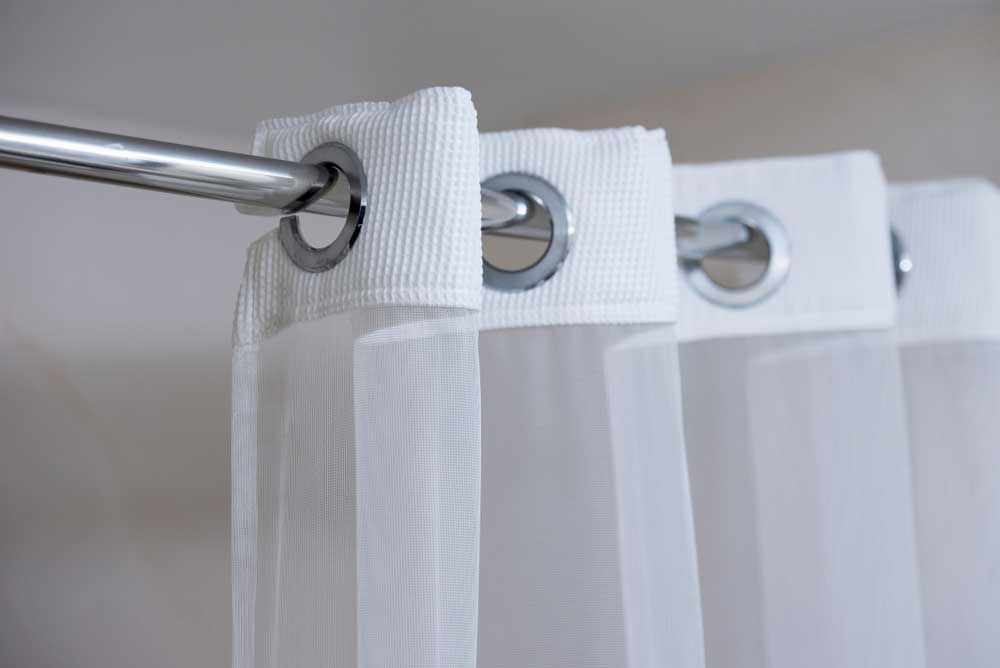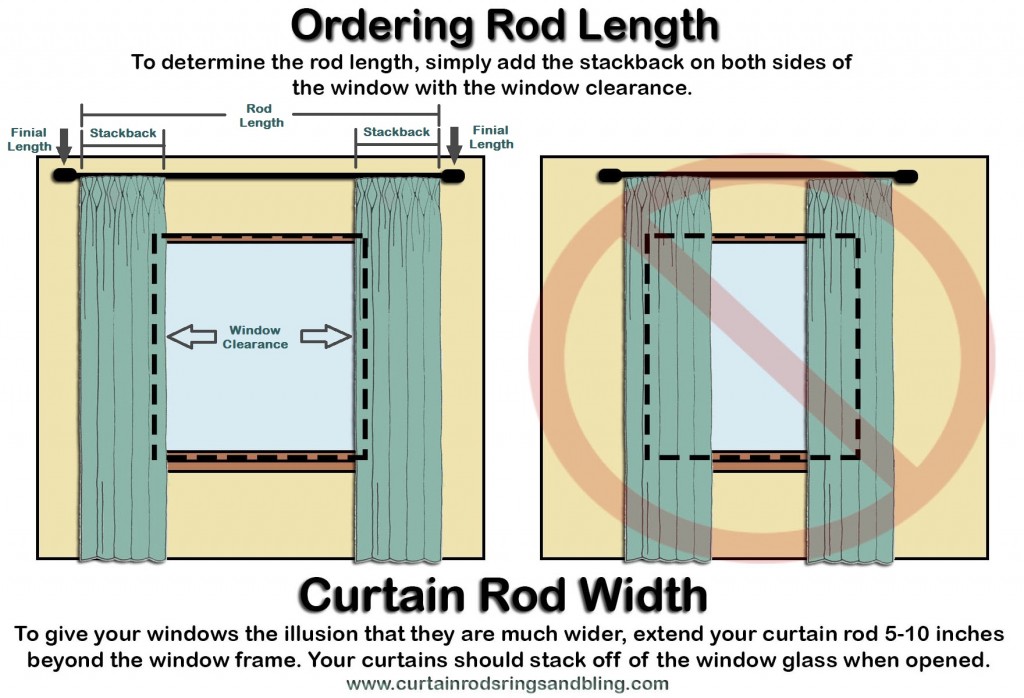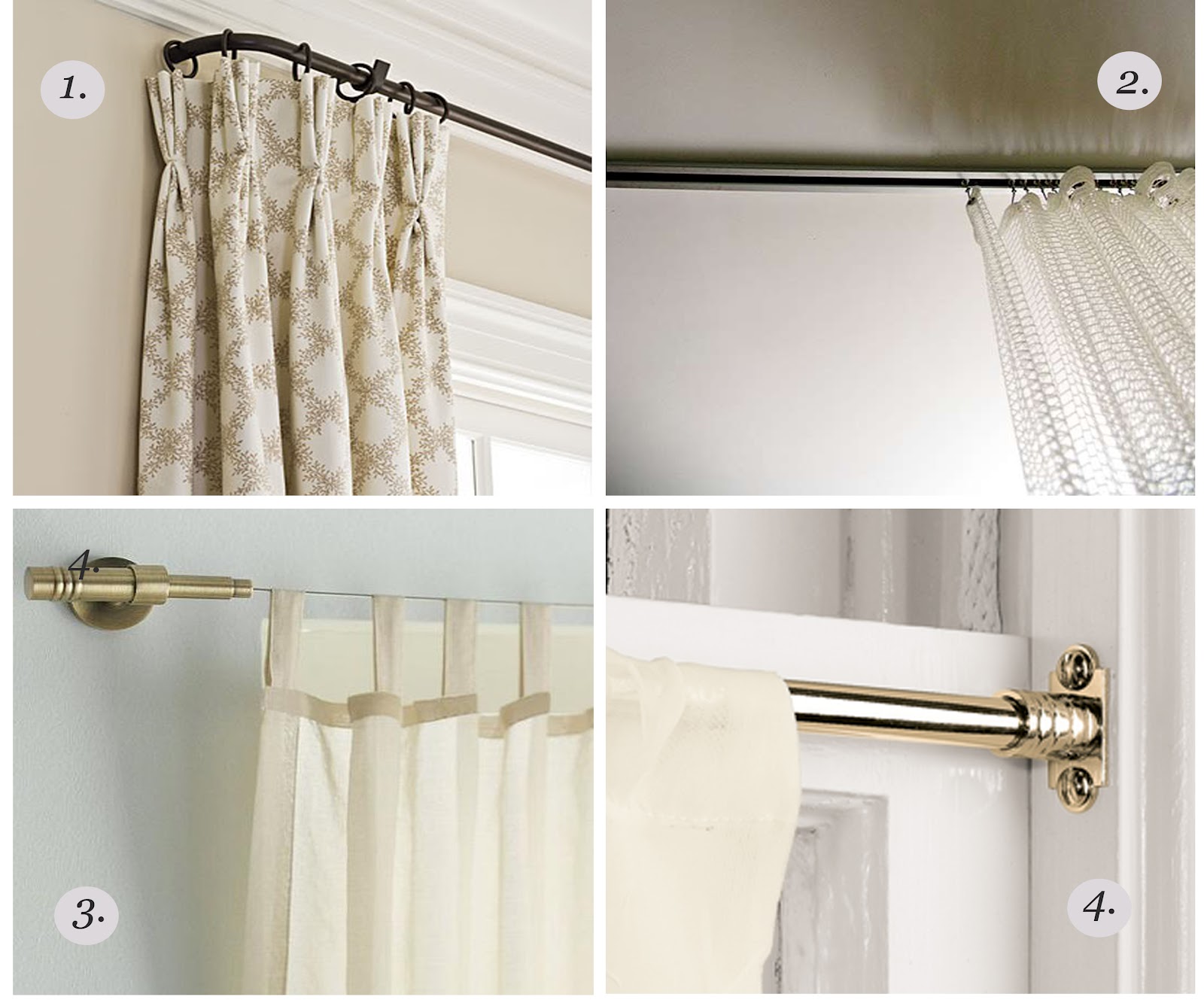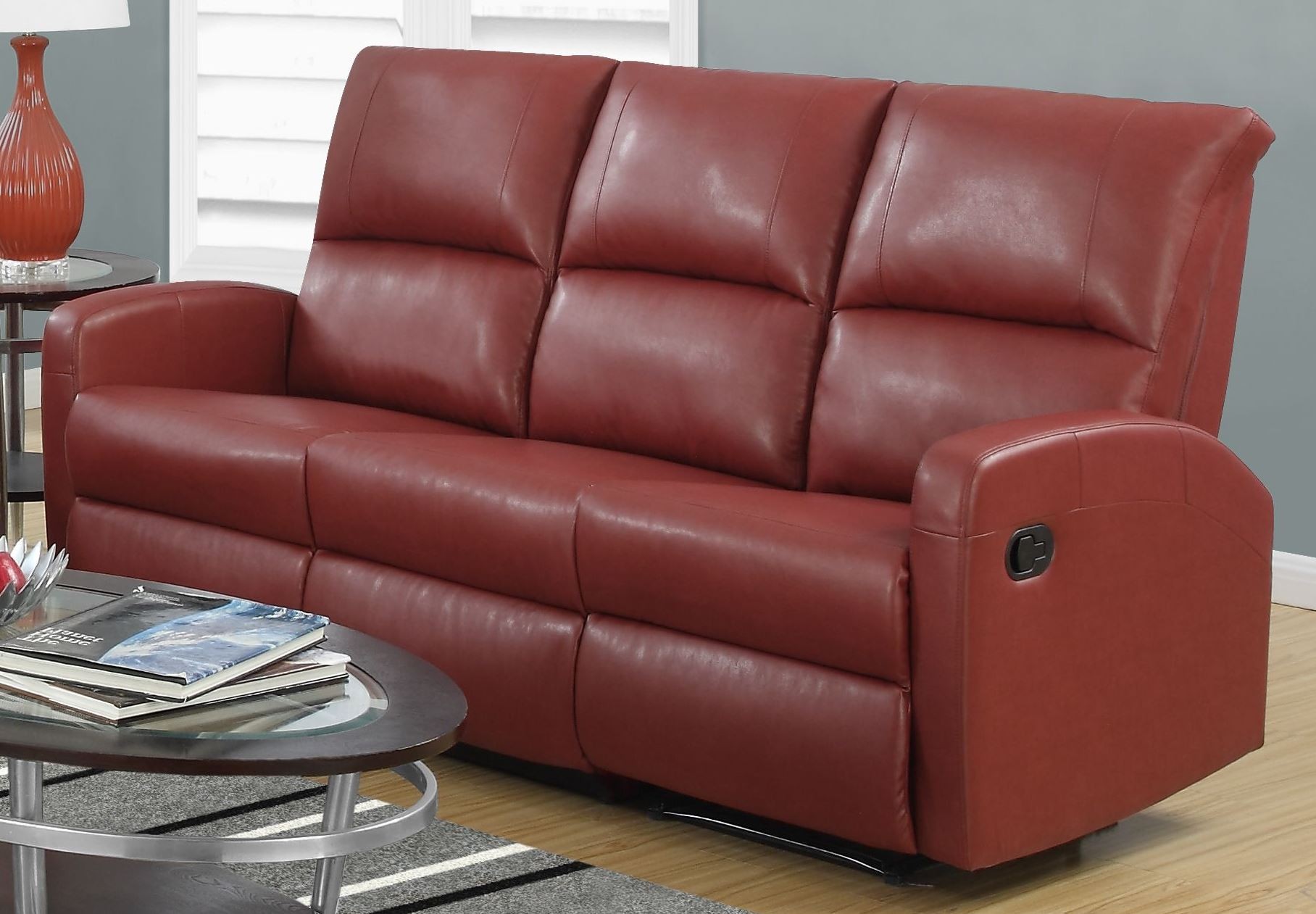When it comes to hanging living room curtains, one of the most important factors to consider is the placement of your curtain rod. This can make a huge difference in the overall look and functionality of your curtains. Proper curtain rod placement can help create the illusion of a larger space, add height to a room, and provide better light control. The key is to find the right balance between functionality and aesthetics.1. Curtain Rod Placement
There are endless curtain hanging ideas to choose from, depending on the style and mood you want to create in your living room. One popular option is to hang curtains from ceiling to floor, creating a dramatic and elegant look. You can also experiment with different types of curtain rods, such as double rods for layering sheer and heavier curtains, or curved rods for adding a unique touch to your windows.2. Curtain Hanging Ideas
The height of your curtain rod is another crucial aspect to consider when hanging living room curtains. As a general rule, the curtain rod should be placed at least 4-6 inches above the top of your window frame. This will create the illusion of taller windows and make your living room feel more spacious. However, if you have high ceilings, you can opt for a higher curtain rod to add more drama and visual interest to the room.3. Curtain Rod Height
Proper curtain rod installation is essential for ensuring the longevity and stability of your curtains. If you're not confident in your DIY skills, it's best to hire a professional to install your curtain rod. However, if you're up for the task, make sure to use a stud finder and appropriate hardware to securely mount the curtain rod. This will prevent any accidents or damage to your walls in the long run.4. Curtain Rod Installation
Curtain rod brackets are an important component of hanging living room curtains. They not only provide support for the curtain rod but also add a decorative element to the overall look. When choosing curtain rod brackets, make sure they are sturdy enough to hold the weight of your curtains, and also complement the style of your curtain rod and curtains.5. Curtain Rod Brackets
In addition to curtain rod brackets, there are other types of curtain rod hardware you may need, depending on the type of curtains you're hanging. For example, if you're using grommet curtains, you'll need curtain rings to attach them to the rod. If you're hanging heavy curtains, you may need extra support brackets or a center bracket for added stability. Make sure to choose the right hardware for your specific curtain type to ensure a secure and functional setup.6. Curtain Rod Hardware
The length of your curtain rod will depend on the width of your window and the style of curtains you're hanging. As a general rule, the curtain rod should extend at least 6-12 inches beyond the window frame on each side to allow the curtains to fully cover the window when closed. If you're opting for a more dramatic look, you can choose a longer curtain rod that extends up to 20 inches on each side.7. Curtain Rod Length
There are several types of curtain rods to choose from, each with its own unique features and benefits. The most common types include standard rods, tension rods, and traverse rods. Standard rods are the most basic and versatile option, while tension rods are adjustable and ideal for smaller windows or light curtains. Traverse rods are best for heavy curtains and can be operated with a cord or motor for easier opening and closing.8. Curtain Rod Types
The style of your curtain rod can greatly impact the overall look of your living room curtains. Some popular styles include simple and sleek rods for a modern look, ornate and decorative rods for a traditional or vintage feel, and industrial-style rods for an edgier look. Consider the style of your living room and choose a curtain rod that complements it while also adding a touch of personality.9. Curtain Rod Styles
The way you mount your curtain rod can also impact the look and functionality of your living room curtains. For example, if you're using a standard rod with finials, you can mount it on the wall above the window frame. However, if you're using a traverse rod, you'll need to mount it on the ceiling or within the window frame. Make sure to follow the manufacturer's instructions for the best results.10. Curtain Rod Mounting
Why Properly Hanging Living Room Curtains is Essential for a Well-Designed Home

The Importance of Curtains in Interior Design
 When it comes to designing a home, curtains may not be the first thing that comes to mind. However, they play a crucial role in creating a well-designed and functional living space. Curtains not only add to the overall aesthetic of a room, but they also serve practical purposes such as providing privacy, controlling natural light, and even insulating against noise and temperature. With the right curtains, you can transform your living room into a cozy and inviting space that reflects your personal style.
When it comes to designing a home, curtains may not be the first thing that comes to mind. However, they play a crucial role in creating a well-designed and functional living space. Curtains not only add to the overall aesthetic of a room, but they also serve practical purposes such as providing privacy, controlling natural light, and even insulating against noise and temperature. With the right curtains, you can transform your living room into a cozy and inviting space that reflects your personal style.
The Role of Proper Hanging in Enhancing the Look of Living Room Curtains
 While choosing the right curtains is important, how you hang them is equally crucial. Improperly hung curtains can make even the most expensive and beautiful fabric look unappealing. One of the most common mistakes people make is hanging their curtains too low or too high. This not only affects the overall aesthetic of the room but also makes the space feel unbalanced. Properly hung curtains can make a room look taller, wider, and more put together. It is essential to pay attention to the details when it comes to hanging living room curtains.
While choosing the right curtains is important, how you hang them is equally crucial. Improperly hung curtains can make even the most expensive and beautiful fabric look unappealing. One of the most common mistakes people make is hanging their curtains too low or too high. This not only affects the overall aesthetic of the room but also makes the space feel unbalanced. Properly hung curtains can make a room look taller, wider, and more put together. It is essential to pay attention to the details when it comes to hanging living room curtains.
Positioning Tips for Hanging Living Room Curtains
 Now that we understand the importance of curtains and proper hanging, let's discuss some tips for hanging living room curtains in the best position. First and foremost, the curtain rod should be installed at least 4-6 inches above the window frame to create the illusion of higher ceilings. The length of the curtains should also be considered – they should just touch the floor or hover about half an inch above it. If you have small windows, consider extending the curtain rod beyond the frame to make the window appear larger. Additionally, for wide windows, use a wider curtain rod and overlap the curtains in the center to give the illusion of a bigger window.
Now that we understand the importance of curtains and proper hanging, let's discuss some tips for hanging living room curtains in the best position. First and foremost, the curtain rod should be installed at least 4-6 inches above the window frame to create the illusion of higher ceilings. The length of the curtains should also be considered – they should just touch the floor or hover about half an inch above it. If you have small windows, consider extending the curtain rod beyond the frame to make the window appear larger. Additionally, for wide windows, use a wider curtain rod and overlap the curtains in the center to give the illusion of a bigger window.




















